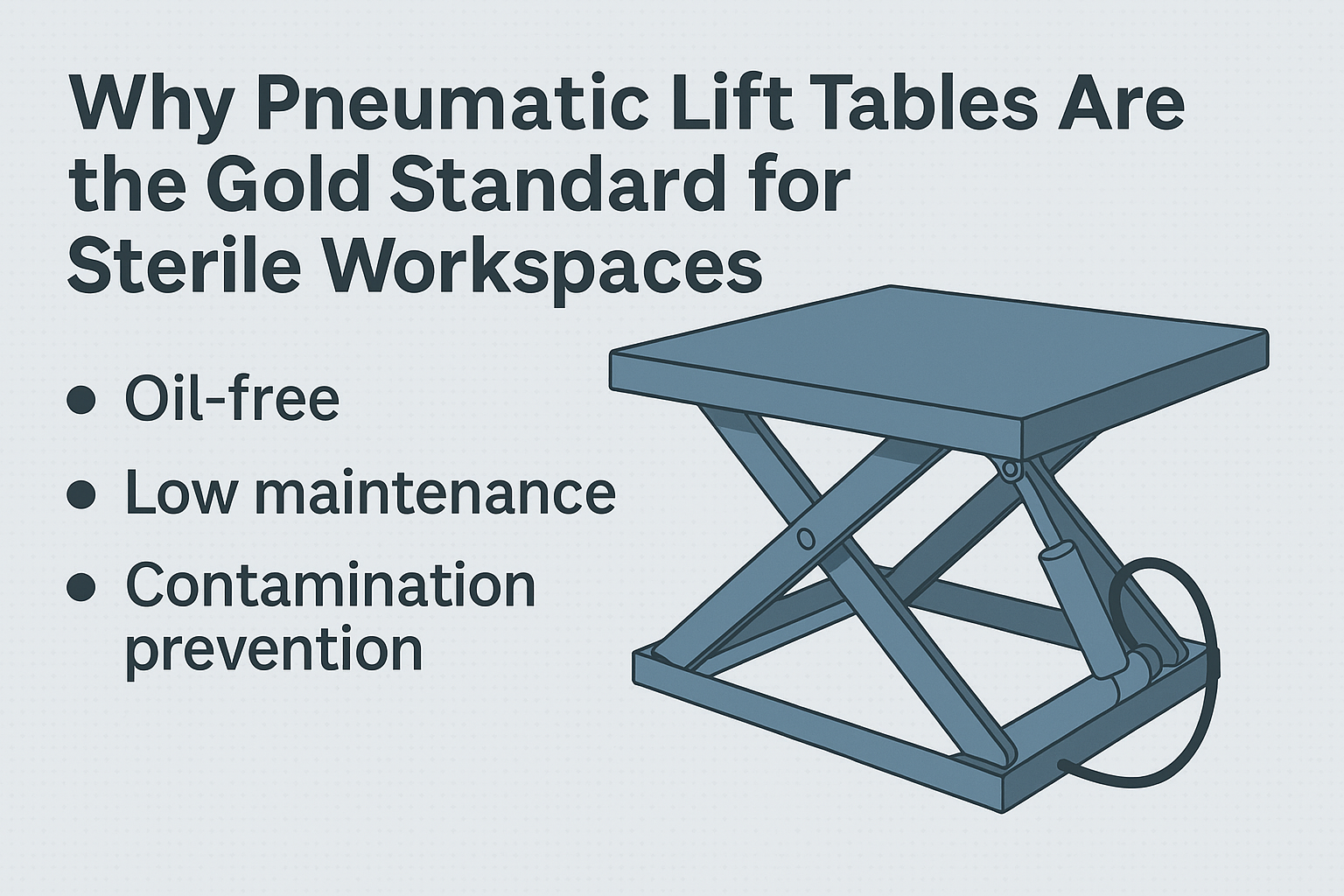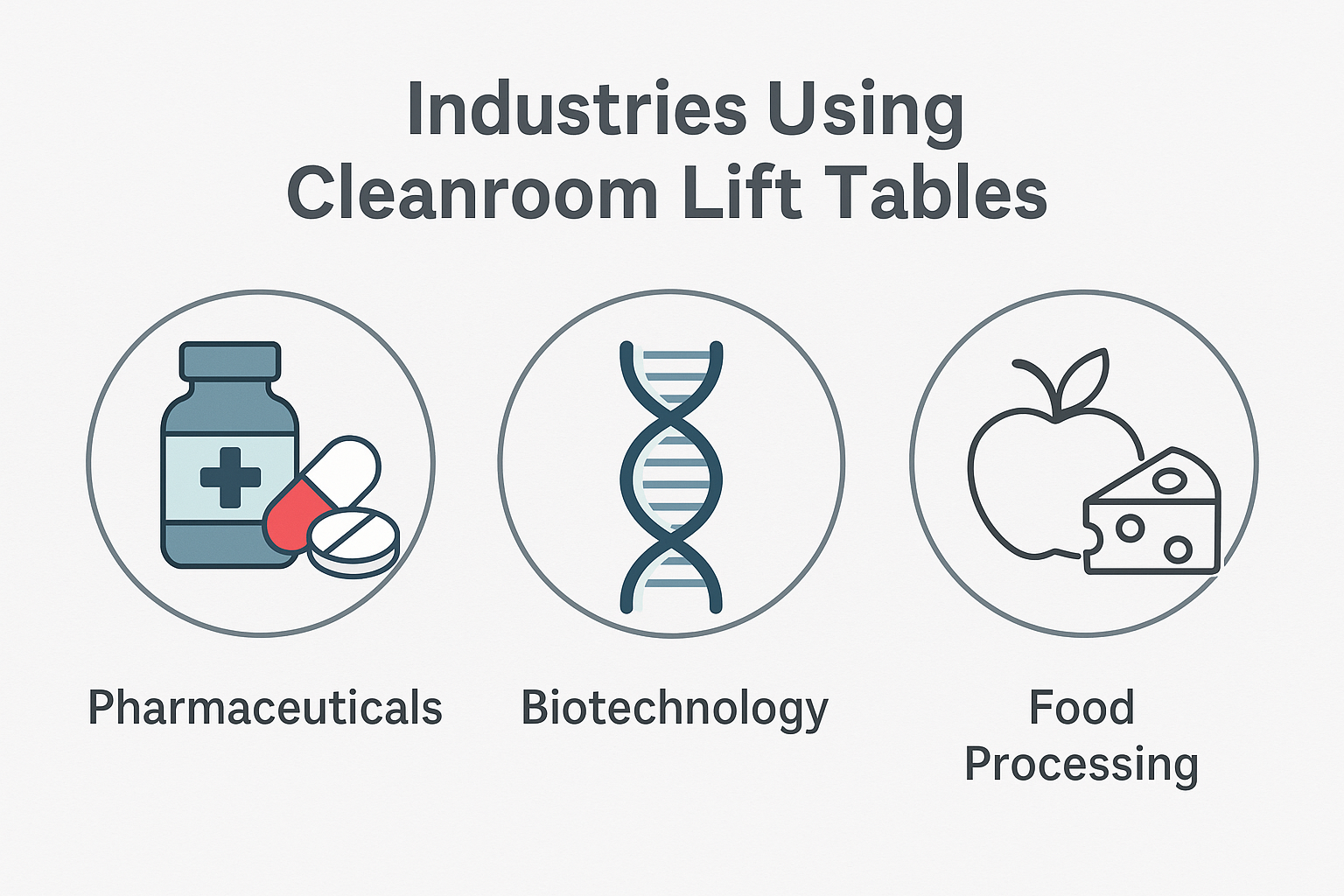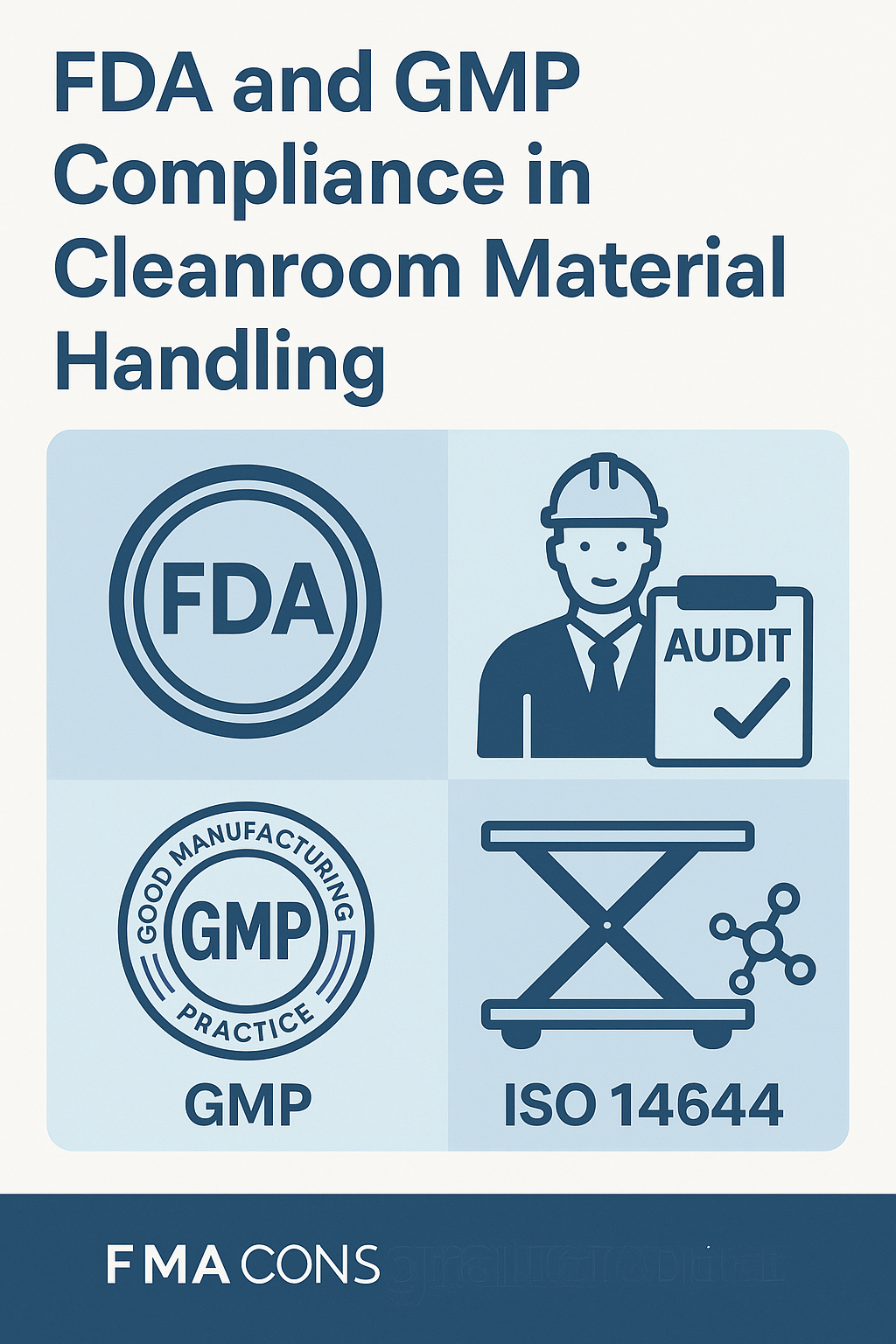
Why Pneumatic Lift Tables Are the Gold Standard for Sterile Workspaces
Explore why pneumatic lift tables outperform hydraulic and electric options in sterile environments. Clean, safe,
Industrial man lifts are indispensable tools in sectors requiring precision, safety, and productivity, especially in the energy sector, where hazardous environments and high-stakes operations demand specialized solutions. From construction sites to oil rigs, these machines provide secure and efficient access to elevated areas, enabling workers to perform tasks with accuracy and confidence. This comprehensive guide explores the essential applications, types, and features of industrial man lifts, with a focus on their role in the energy sector. Additionally, we’ll delve into safety standards, including links to OSHA and ANSI guidelines, and provide an FAQ section for quick answers to common questions.
Industrial man lifts are mechanized platforms designed to transport workers and equipment to elevated locations. These machines are widely used in industries requiring elevated work, such as:
The versatility of industrial man lifts makes them an essential part of modern industrial operations.
Selecting the right man lift depends on the specific requirements of a job site. Here are the primary types:
Boom lifts provide exceptional reach and flexibility, making them ideal for tasks requiring extended horizontal and vertical access. They are commonly used in:
These lifts feature a crisscrossing support structure that expands to raise the platform vertically. Scissor lifts are suitable for:
Designed for single-worker operations, personnel lifts are lightweight and easy to maneuver. They are widely used in:
Articulating lifts have jointed arms that allow workers to navigate around obstacles, making them perfect for:
Industrial man lifts are versatile and serve a wide range of industries. Here are some of the sectors that benefit the most:
The energy sector is a prime beneficiary of industrial man lifts due to its demanding and hazardous work environments. Here’s a closer look at their applications:
Safety is paramount in environments where flammable gases or vapors are present. Explosion-proof man lifts are specifically designed to operate safely in such hazardous conditions. Features include:
These lifts enable workers to:
Renewable energy operations, such as wind and solar energy, require high-precision tools for maintenance and installation. Industrial man lifts play a critical role in:
Industrial heating systems, particularly in energy plants, rely on heat exchangers to regulate temperatures. Man lifts are essential for:
The Occupational Safety and Health Administration (OSHA) provides strict guidelines for the safe operation of industrial man lifts. These standards aim to minimize workplace hazards and ensure worker safety. Key areas of focus include:
OSHA mandates that all lifts undergo regular inspections to identify potential safety hazards. Areas to check include:
Workers must be trained and certified to operate industrial man lifts. Training includes:
For more details, refer to OSHA’s Aerial Lifts Safety Guide.
In addition to OSHA, the American National Standards Institute (ANSI) provides guidelines for the safe operation of aerial lifts. Key points include:
Explore the ANSI Standards for Aerial Lifts for more information.
Investing in the right man lift can transform workplace operations. Key benefits include:
By providing stable platforms and fall protection systems, man lifts reduce the risk of workplace accidents.
Man lifts enable workers to access hard-to-reach areas quickly, minimizing downtime and maximizing productivity.
From construction to renewable energy, man lifts are adaptable to various applications and environments.
Modern man lifts are designed to meet OSHA and ANSI standards, ensuring legal compliance and workplace safety.
An industrial man lift is used to safely elevate workers and equipment to perform tasks at height in industries such as construction, energy, and manufacturing.
Yes, specialized explosion-proof lifts are designed for hazardous environments like oil rigs and gas plants. These lifts include spark-resistant materials and components.
Operators must undergo certified training as per OSHA and ANSI standards. Training includes equipment operation, site-specific hazard recognition, and emergency procedures.
Man lifts should be inspected before each use and undergo regular maintenance checks to ensure compliance with OSHA and ANSI guidelines.
Industries like energy, construction, manufacturing, logistics, telecommunications, and aviation benefit significantly from using industrial man lifts.
Yes, many man lifts, such as boom and scissor lifts, are designed for outdoor use and can handle uneven terrain and weather conditions.
Industrial man lifts are critical for elevating safety, efficiency, and productivity across various industries, particularly in the energy sector. By selecting the right lift and adhering to OSHA and ANSI standards, businesses can mitigate risks and achieve operational excellence. Whether you’re maintaining wind turbines or inspecting heat exchangers, these versatile tools empower your workforce to reach new heights—literally and figuratively.
For more insights and expert recommendations on industrial equipment, stay tuned to our resources and connect with industry professionals. Transform your operations today with the power of industrial man lifts!

Explore why pneumatic lift tables outperform hydraulic and electric options in sterile environments. Clean, safe,

From pharma to semiconductors, see how top industries use cleanroom lift tables to maintain compliance,

Understand what makes a lift table truly FDA and GMP compliant. Explore the must-have features,
Copyright 2025 All Rights Reserved – Industrial Man Lifts